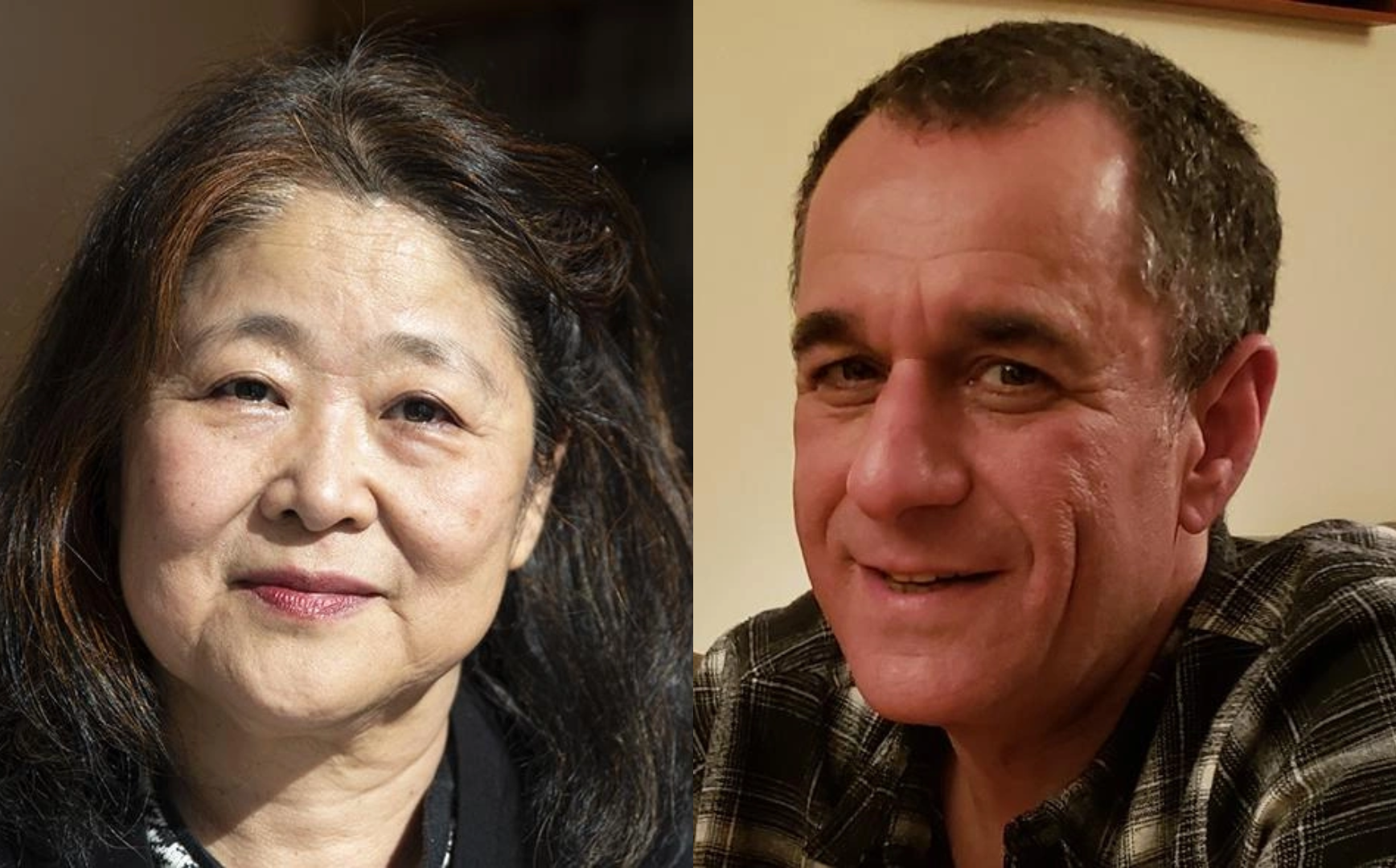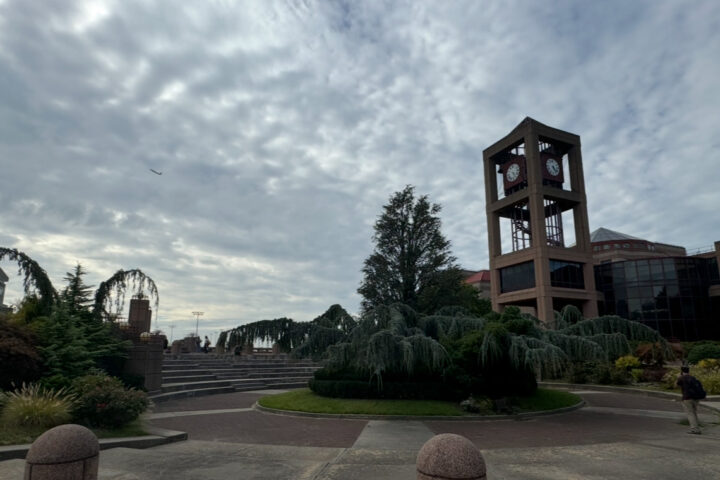EDITOR’S NOTE: “Neuroscience” removed from original article title to avoid confusion.
Queens College professors Michael Mirkin and Yoko Nomura were promoted to distinguished faculty by the CUNY Board of Trustees in May.
According to Article V of CUNY’s Manual of General Policy, faculty must be chosen by the CUNY Board of Trustees “in recognition of exceptional scholarly achievement” to be considered for the title.
Studying neuroscience, Professor Nomura and Professor Mirkin are part of the Department of Psychology and the Department of Chemistry and Biochemistry respectively.
“Professors Mirkin and Nomura are representative of the caliber of our faculty, utilizing research results to address real-world problems,” said QC President Frank H. Wu in an August 4th QC press release.
Professor Nomura’s research is on understanding optimal human neurocognitive development through three integrated arms: neuroimaging, epigenetics, and developmental trajectories. She uses a One Health framework during the critical perinatal period. She then examines how the conditions that pregnant women are subjected to can lead to life long effects in their children.
“This recognition represents not just a personal milestone, but a testament to the collaborative nature of scientific research and the incredible support I’ve received from colleagues, students, and the institution throughout my career,” Professor Nomura said.
Many of Nomura’s students have been working on a study focusing on pregnant women that were victims of Hurricane Sandy.
“We’ve been following their offspring over time, and these children are now around 10-14 years old. This project actually began in a very personal way for our Queens College community: when I saw our own gymnasium being used as an evacuation center for displaced families in the area, I realized we had a unique opportunity to study resilience and development in the face of natural disaster,” Nomura said. She explained how the storm exposed the group of pregnant women to toxic chemical environments, distress, displacement, economic hardship, and improper medical care.
“Our cohort gives us this unique window to track how multiple adversities during pregnancy ripple through development from before birth to adolescence. That’s both a scientific opportunity and an ethical responsibility,” she said.
She also explained how, as a recipient of the NIMH career development award, she was able “to train community-based researchers [to] chart neurodevelopmental trajectories while incorporating epigenetic influences in real human populations.” All of these were major contributors to her interest in neurobiology and developmental psychopathology because now they, “could actually see how a mother’s stress during pregnancy doesn’t just affect behavior – it can alter her child’s DNA methylation patterns and reshape developing neural circuits.” She has expanded her work to observe developmental effects of certain environmental stressors.
Mirkin’s field of research is nanoelectrochemistry with interests in high-resolution studies of charge-transfer processes, single entity measurements, and scanning probe microscopies. He has studied chemistry at incredibly small scales to a degree not possible decades ago.
Professor Mirkin shared how being elevated to distinguished rank looks great for his career but how it also validates his, “old-fashioned approach to science.” He said, “I do curiosity-driven research with the focus on formulating fundamental concepts rather than finding applications, filing patents, or opening start-up companies.”
“I have spent several decades developing sufficiently small electrochemical probes and experimental techniques for nanoscale studies. We used these versatile probes to investigate chemical reactions occurring in a wide range of systems, from biological cells to photocatalysts for solar energy conversion,” he said. Such tools did not exist before and it was harder to carry out certain experiments because of that. However with his electrochemical probes, now a revolutionary tool, it is possible to study chemical processes on a nanometer scale.
Nomura is currently setting up comparative studies in Malaysia and Guam to monitor the higher temperature and air quality. Mirkin has plans to explore other aspects of chemistry and nanoelectrochemistry by establishing collaborative relations with experienced groups and researchers in the same field.











